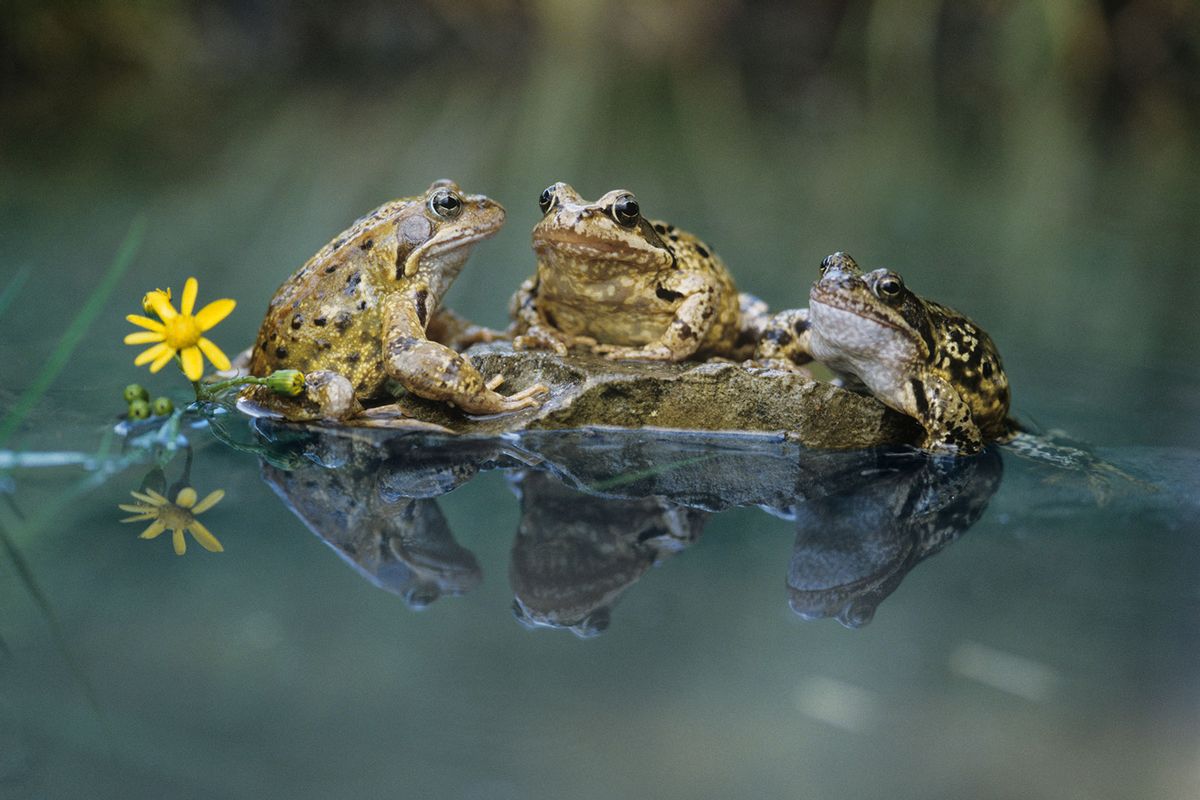A recent study in the journal Nature Climate Change found that severe increases in aridity caused by climate change is drying out frog habitats across the globe. In fact, unless humans significantly reduce burning fossil fuels, the international team of scientists found that by 2080 to 2100, anywhere from 7 percent to more than one-third of frog habitats will become too arid for survival.
An even higher percentage of these areas, between 15 percent and 36 percent, is expected to regularly experience droughts due to the frequent heat waves caused by climate change. Unsustainable land use also contributes to the aridity problem, with frogs frequently suffering as humans develop their homes for commercial, residential and other uses.
This is not the first paper to draw attention to how frogs are vulnerable to climate change. A 2022 study in the journal Scientific Data revealed that scientists do not know the heat vulnerability for 93 percent of recognized amphibian species — yet many of the 616 species of toads, frogs and salamanders were chronicled as possessing wildly varying levels of heat tolerance.
“We focused on amphibians because 41% of the assessed species are threatened, and temperature is an important driver of their extinction,” the authors said.
As the scientists behind the Nature Climate Change study explain, their findings do not only have implications for frogs. Species all over the planet are going to struggle as the Earth unnaturally heats. And like ripples in a body of water, the damage caused to one species can spread to other forms of life.
"To understand and manage the effects of climate change on biodiversity, we must integrate knowledge on biologically relevant processes for different types of organism in different habitats," the authors explain.



Shares